Apparition of the Sacred Heart of Jesus to St. Margaret Mary Alacoque.
Nihil Obstat: | Arthur J. Scanlon, S.T.D.
Censor Librorum |
Imprimatur: |  Patrick J. Hayes, D.D. Patrick J. Hayes, D.D.
|
Archbishop of New York |
August 5, 1920 |
Copyright 1890, 1920 by Benziger Brothers, New York.
Typesetting is the property of TAN Books, an Imprint of Saint Benedict Press, LLC, and may not be reproduced, in whole or in part, without written permission of the publisher.
Library of Congress Catalog Card No.: 86-80329
ISBN: 978-089555-297-6
Printed and bound in the United States of America.
TAN Books
An Imprint of Saint Benedict Press, LLC
Charlotte, North Carolina
2012
To the Memory
OF
M Y M OTHER .
TO HER UPON WHOSE KNEE, AS A LITTLE CHILD, I LEARNED TO KNOW, TO LOVE, TO ADORE
THE
SACRED HEART.
THREE MONTHS BEFORE HER DEATH, JUNE 23, 1873, ON MY RETURN FROM PARAY, MY MOTHER BESOUGHT ME TO RESUME THIS BIOGRAPHY, PREVIOUSLY UNDERTAKEN AT HER REQUEST, THEN INTERRUPTED AGAIN TAKEN UP, AND ALMOST FINISHED IN THE MIDST OF THE FIRST ANXIETY CONSEQUENT ON HER ILLNESS, AND THE INCONSOLABLE SORROW OF HER DEATH.
TO-DAY
I LAY IT ON HER TOMB AS A LAST TRIBUTE OF HOMAGE TO THE HEART OF THAT INCOMPARABLE
Mother
TO WHOM I OWE ALL.
PUBLISHERS NOTE
Bishop Bougauds biography of St. Margaret Mary Alacoque has been recommended to us by several knowledgeable people as the best, most authentic and most inspirational life of the Saint in English, for which reason we have chosen to reproduce this work rather than any number of others that are available.
The reader may easily omit reading (beginning on page 17), which gives the historical background against which the story occurred. This chapter will be of interest to those who enjoy history and/or are interested in the theological context in which St. Margaret Mary lived, particularly with regard to the spread of Jansenism and Protestantism. But one can skip over this chapter without missing any vital facts connected with St. Margaret Marys life and the message entrusted to her.
The Publisher, 1990
CONTENTS.
CHAPTER
INTRODUCTION.
I N the two volumes devoted to the telling of St. de Chantals story and the origin of the Visitation, I thought I had finished my task. But a pure, sweet voice called me, that of the first of St. Chantals daughters raised to the altar, Saint Margaret Mary. She it was who was chosen by God to finish the work of St. Francis de Sales and his great co-operatrix. Both had labored together in the construction of the edifice. They dug the foundations, drew the grand plans. But the crown was wanting. It was Margaret Mary, that saintly and humble virgin, who was deputed to place it on its brow. In some way, then, the Life of our saintly Sister is a necessary sequel to the history of St. Chantal. The biography of the one illumines and perfects that of the other.
But if Saint Margaret Mary interests us as the first beatified daughter of the holy founders of the Visitation, we hesitate not to say that she awakens our sympathy from still another point of view. Hidden in the depths of her cloister, in the seclusion of a little town far from Paris, she received a first-class mission. She was deputed by Almighty God to come to the assistance of the Church in the fulfilment of a work the greatest and, at the same time, the most formidable ever accomplished in this world.
This work, we well know, is not to remain inactive in the midst of the instability of human things, of dynasties, empires, and even whole nations, which shall sooner or later crumble into dust. Nor is it to impose on mans proud reason a collection of dogmas whose titles he has, indeed, the right to study, but which can regenerate him only by humbling him. This work, still more elevated, so luminous and yet so obscure, is to persuade man that God loves him.
Yes, one day, from the depths of His eternity, God looked upon man; and like some great king, some powerful genius, who falls a victim to the charms of a little lisping child, that child his own, God was captivated. He loved man. He loved him even to passion, even to folly. He loved him so far as to make Himself man, in order to bridge those distances which, of whatever nature they may be, are insupportable to love. God loved man even to suffer and to die for him.
Yes, He who hangs there on that gibbet, His hands and feet pierced, His Heart opened, is God! And what is He doing there? He is suffering, He is dying, through love; yea, He is dying of love!
This is what the Church is commissioned to teach to man. This is the price of his regeneration. Outside this we find only feebleness of heart, shipwreck of morals. A man may indeed be an honest man; but the folly of sacrifice, of virginity, of devotedness, of martyrdom, arises only from faith in the folly of the Cross.
This love of God for man is so great, so prodigious, that it has become a scandal to the world. It is the old and universal stumbling-block, the final reason of all schisms and all unbelief. If Arius, for example, separated from the Church, it was because he could not believe that that Man who had one day appeared in Judea could, without certain equivocal expressions, without exaggeration, be truly styled the Only Son of God. There was in such abasement a grandeur of love revolting to the heresiarch. Nor could Nestorius admit that the Eternal Son of God had reposed in the womb of an humble virgin, that he had been nourished with her milk, and that He had called her mother! Luther and Calvin,why did they break anew the unity of the Church? Because they could not believe either in the tribunal of reconciliation, that is, in mercy that makes no account of ingratitude; or in indulgences, that is, in one of the most tender industries of the Saviour to supply for our ever-recurring insufficiencies; or in the Holy Eucharist, that is, in His constant abiding with those whom He loves. Narrow hearts, which know not what it is to love! And if in our day there are so many men that pass before the Cross wagging their head, who gaze at our altars with a smile of contempt, it is because the folly of the Cross disgusts them. Mans egotism, incapable of loving, sinks under the weight of such mysteries; and the Church cannot draw from him this cry that would transfigure him: Et nos credidimus charitati quam habet Deus in nobis: Yes, we believe that God has love for us.
But precisely because the work is formidable, because the Church seems at some moments to bend under the weight, God comes to her aid by some master-strokes. As, when sophists multiplied, He made a sign, and we saw appear those whom we shall call volunteers, extraordinary agents of the truth, a St. Augustine, a St. Thomas, a Bossuet: in like manner, when the world grew cold, and Gods love was no longer credited; when we saw degenerate purity, sacrifice, apostleship, devotedness, and martyrdom,all those qualities that derive their origin from the heart, but from the heart transfigured by divine love,God made a sign, and we saw arise those whom we shall call volunteers, the extraordinary agents of love. Thus, for example, when Constantine ascended the imperial throne, the early persecutions passed; when he extended over the Church his imperial purple, he introduced with those honors, though unknown to himself and without willing it, the seeds of lukewarmness. When arise those cold-hearted doctors whom we have already cited, Arius, Nestorius, Eutyches, whose doctrine was at best only the denial of infinite love; when old pagan sensualism was slowly penetrating into the Church,at that moment the earth opened, and from her bosom came forth the instruments of the Passion of Jesus Christ: the cross on which He died, the nails that pierced His feet and hands, the crown that wounded His brow, the lance that opened His Heart. The world was providentially roused to new life by contact with those sacred trophies of the Passion.

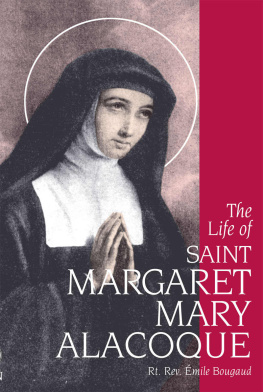
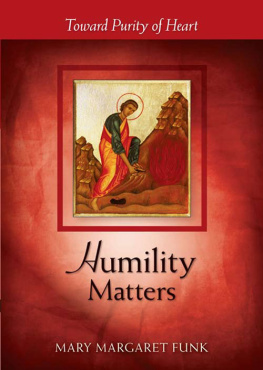
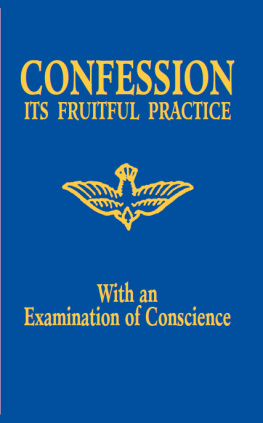
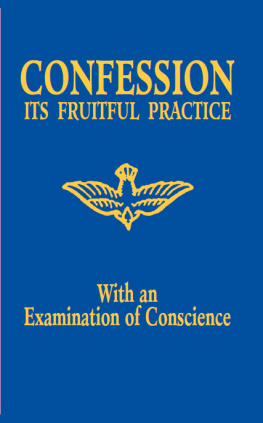
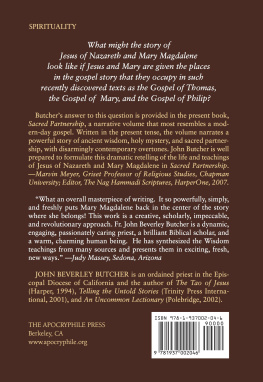

![Mother Louise Margaret Claret - The Sacred Heart and the Priesthood (with Supplemental Reading: Devotion to the Sacred Heart) [Illustrated]](/uploads/posts/book/269773/thumbs/mother-louise-margaret-claret-the-sacred-heart.jpg)


 Patrick J. Hayes, D.D.
Patrick J. Hayes, D.D.